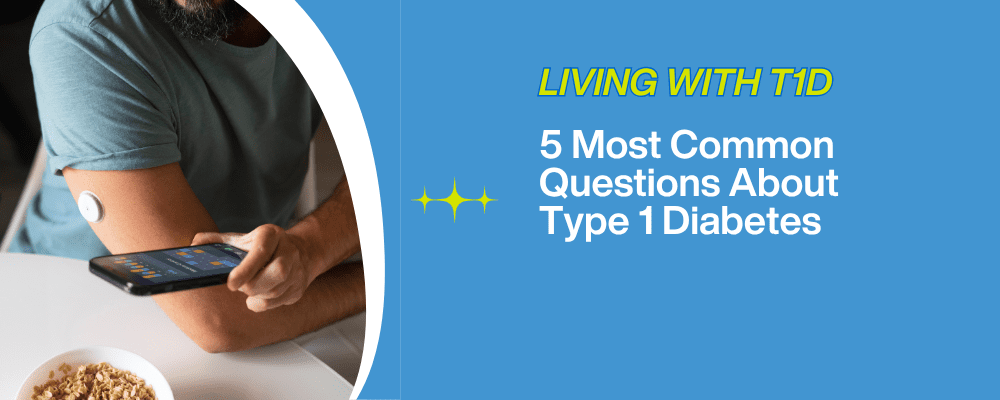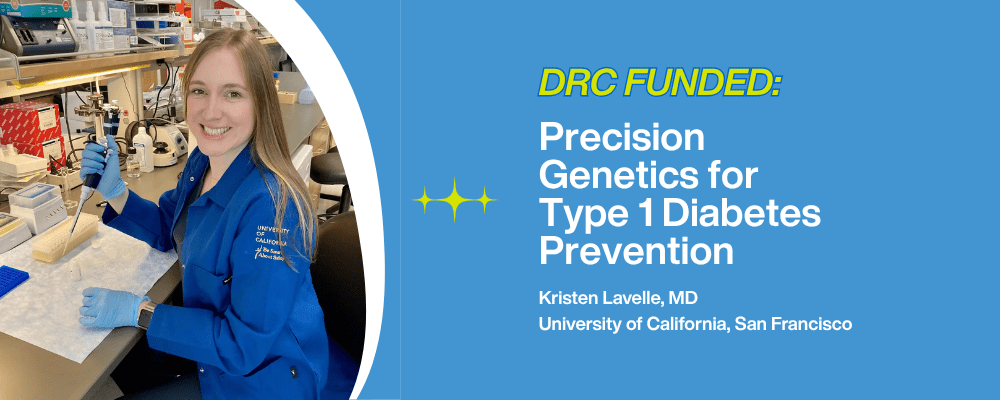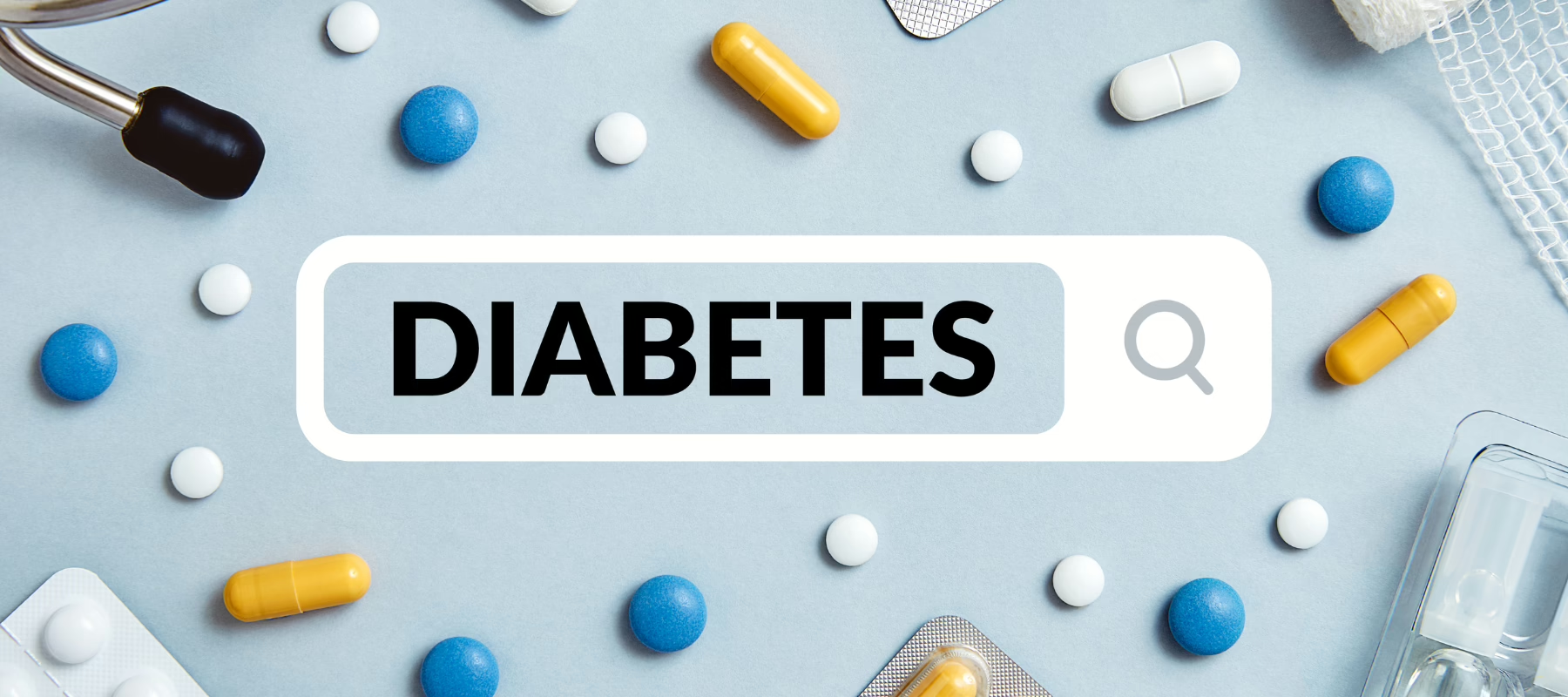Preserving Endogenous Insulin Production in Newly Diagnosed Type 1 Diabetes Patients
A hallmark of type 1 diabetes is the body loses its ability to naturally produce enough (or any) insulin to effectively manage blood glucose levels. This is due to the mistaken destruction of insulin-producing beta cells by the immune system, a process that researchers are continually learning more about. In many cases, when type 1 diabetes (T1D) is first diagnosed, there is a short window of time (up to about six months) where the body still creates insulin, but not enough to meet demand.
A recent study explored a new way to try to preserve endogenous insulin production and reduce the amount of insulin newly diagnosed patients required. The study involved 84 patients ages 6 to 21 who had been diagnosed with T1D within 100 days of the start of the trial. Approximately two-thirds of participants were given the drug golimumab, while the other one-third received a placebo. Golimumab is an anti-tumor-necrosis-factor (TNF) therapy that is already approved by the Food and Drug Administration (FDA) for the treatment of rheumatoid arthritis, ulcerative colitis, and other autoimmune conditions. It has not yet been approved for use in patients with T1D.
The patients who received golimumab self-administered the drug via injection every two weeks. Results showed that these patients achieved markedly better glycemic control that patients receiving the placebo. After 52 weeks of treatment, “41.4% of participants receiving golimumab had an increase or less than 5% decrease in C-peptide compared to only 10.7% in the placebo group.”
Furthermore, patients who were still in the “honeymoon phase” of their diabetes, or the first 3-6 months after diagnosis where there is still some endogenous insulin production and not as much injected insulin is needed, also showed improvement once transitioning out this phase and continuing to take golimumab. Those patients showed a smaller increase in injected insulin than the placebo group requiring just 0.07 units per kilogram more per day versus 0.24 units per kilogram per day respectively. Another notable improvement is that patients between the ages of 6 and 18 experienced 36% fewer episodes of level 2 hypoglycemia, a condition that can be potentially life-threatening and negatively impact the quality of life.
Since golimumab is already FDA-approved for other conditions, these phase 2 study results play an important role in moving the process forward to show that it may be an effective treatment for T1D as well. This therapy may be able to help newly diagnosed patients retain some of their body’s natural insulin-producing abilities and decrease the amount of injected insulin needed to maintain good glycemic control.
Golimumab may become another option for patients with type 1 diabetes in the future and change how the disease is managed when caught and treated early on. It is encouraging to see new ways to preserve beta-cell function. Diabetes Research Connection (DRC) is interested to see how this study unfolds and whether golimumab is approved for the treatment of type 1 diabetes.
Although not involved in this study, DRC supports early-career scientists in pursuing studies like these and other projects related to preventing and curing T1D as well as minimizing complications and improving the quality of life for individuals living with the disease. Scientists can receive up to $50K in funding to advance their research. Click to learn more about current projects and provide support.




